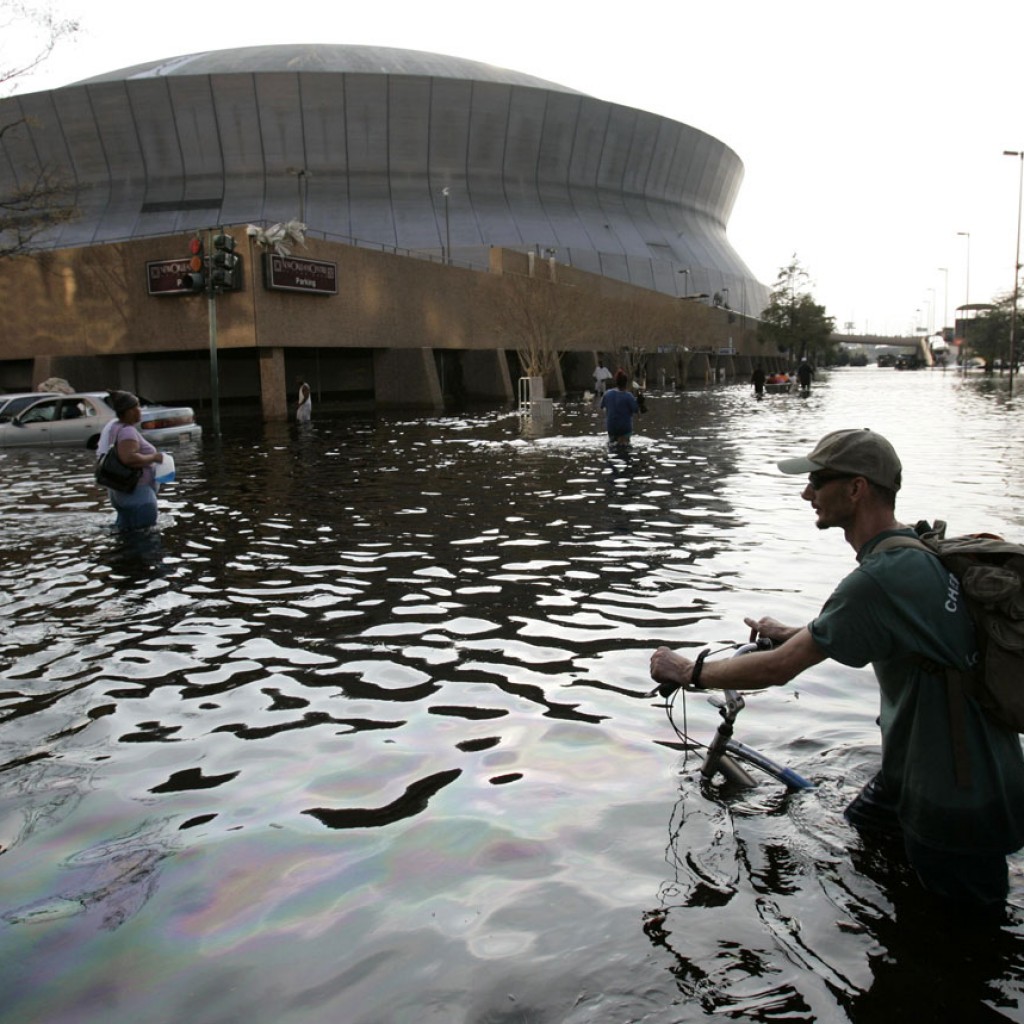
A new but controversial study asks if an end is coming to the busy Atlantic hurricane seasons of recent decades.
The Atlantic looks like it is entering in to a new quieter cycle of storm activity, like in the 1970s and 1980s, two prominent hurricane researchers wrote Monday in the journal Nature Geoscience.
Scientists at Colorado State University, including the professor who pioneered hurricane seasonal prognostication, say they are seeing a localized cooling and salinity level drop in the North Atlantic near Greenland. Those conditions, they theorize, change local weather and ocean patterns and form an on-again, off-again cycle in hurricane activity that they trace back to the late 1800s.
Warmer saltier produces periods of more and stronger storms followed by cooler less salty water triggering a similar period of fewer and weaker hurricanes, the scientists say. The periods last about 25 years, sometimes more, sometimes less. The busy cycle that just ended was one of the shorter ones, perhaps because it was so strong that it ran out of energy, said study lead author Phil Klotzbach.
Klotzbach said since about 2012 there’s been more localized cooling in the key area and less salt, suggesting a new, quieter period. But Klotzbach said it is too soon to be certain that one has begun.
“We’re just asking the question,” he said.
But he said he thinks the answer is yes. He says the busy cycle started around 1995 and probably ended in 2012; in 2005 alone, Katrina, Rita and Wilma killed more than 1,500 people and caused billions of dollars of damage. The quiet cycle before that went from about 1970 to 1994 and before that it was busy from 1926 until 1969, he said.
Klotzbach doesn’t take into account where a storm hits, but how strong storms are and how long they last regardless of whether they make landfall. So even though no major hurricane hit the United States in 2010, its overall activity was more than 60 percent higher than normal. And just because it’s a quiet season doesn’t mean a city can’t be devastated, Klotzbach said. Hurricane Andrew hit South Florida in an otherwise quiet 1992 season as a top-of-the-scale storm.
Other scientists either reject the study outright or call it premature.
“I think they’re pretty much wrong about this,” said MIT meteorology professor Kerry Emanuel, who also specializes in hurricane research. “That paper is not backed by a lot of evidence.”
Emanuel doesn’t believe in the cycle cited by the researchers or the connection to ocean temperature and salinity. He thinks the quiet period of hurricanes of the 1970s and 1980s is connected to sulfur pollution and the busy period that followed is a result of the cleaning of the air. And Jim Kossin of the National Oceanic and Atmospheric Administration said cooler water temperatures earlier this year might be due to Atlantic dust, and August temperatures there have risen.
Another NOAA scientist, Gabriel Vecchi, said while there seems to be signs of a change in the circulation of the Atlantic, it’s far too early to say that the shift has happened.
“So what happens in the next few years is going to be very exciting to watch as it may help settle or at least refine some intense scientific debates,” Vecchi said in an email.
Republished with permission of the Associated Press.



